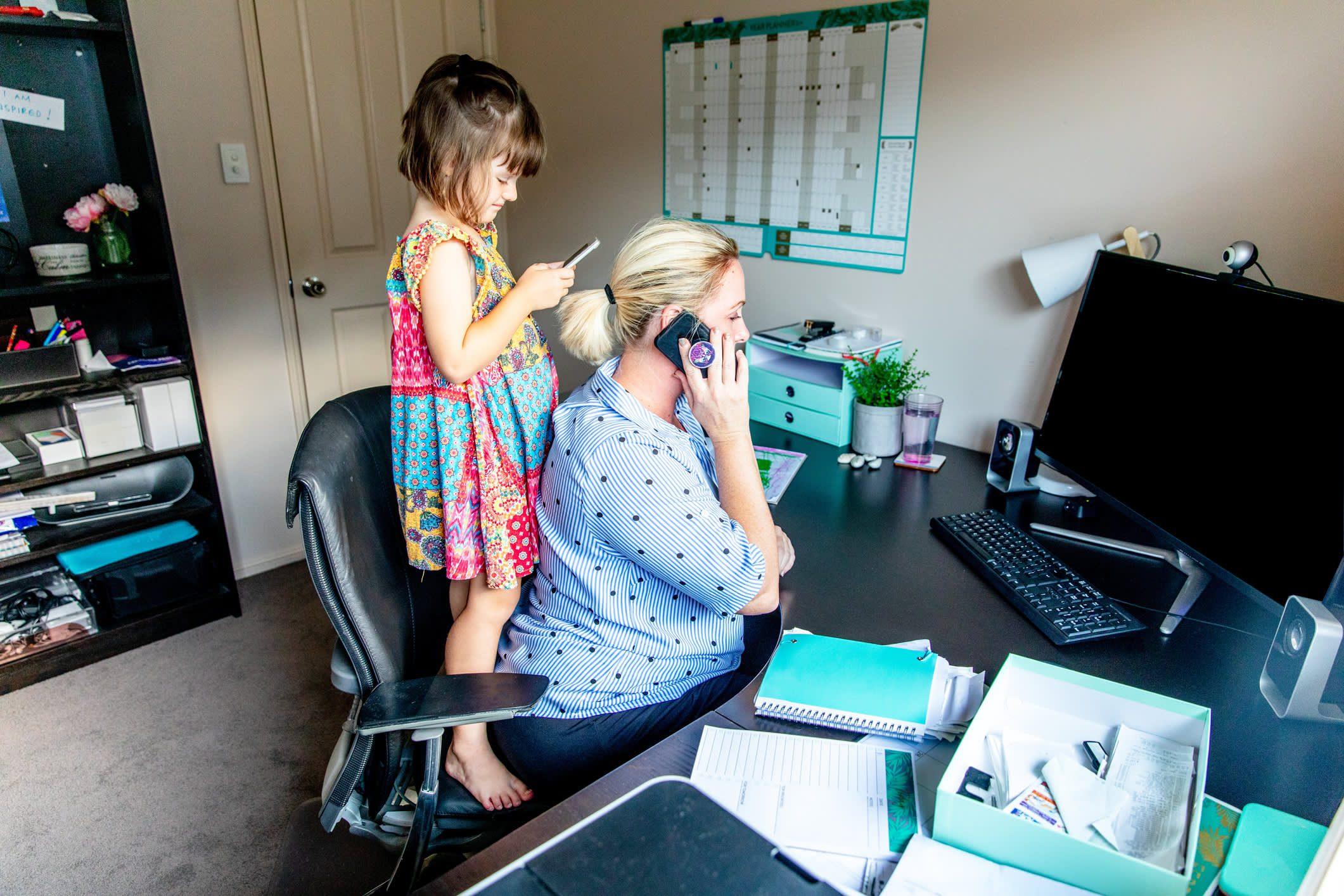Delving into the World of Home Birth
The beauty of bringing life into this world is an unparalleled experience. Among the many options expecting parents to consider, one increasingly gaining traction is home birth. Just imagine! The comfort of your surroundings, the intimacy of the moment, and the autonomy over the birthing process. It’s about where you’re geographically located and where your heart finds peace. Choosing a home birth can be a profoundly empowering decision.
However, with empowerment comes responsibility. It’s essential to ensure you’re mentally, physically, and logistically prepared. Many parents collaborate with midwives or doulas, individuals trained in assisting with childbirth, to ensure a safe and smooth process.
The Bold Choice of Unassisted Birth
Taking the idea of home birth a step further is the concept of unassisted birth. Though not for everyone, this option speaks to the primal nature of childbirth. Here, there’s no medical intervention. It’s just the birthing individual, their partner if they have one, and the raw, authentic experience of childbirth.
For many, this choice is rooted in trust — trust in their bodies and the natural process of birth. It’s a testament to the age-old adage that our bodies know what to do. However, much like home births, the emphasis on preparation cannot be overstated. Adequate knowledge, thorough research, and a clear understanding of when to seek medical intervention are paramount.
Why Some Opt for the Home Setting
There’s a myriad of reasons families lean towards a home birth. Beyond the allure of a familiar setting, many appreciate the autonomy and control it offers. Without the strict protocols of a hospital, parents can dictate the ambience, from lighting to music, making the experience deeply personal.
Moreover, home births often allow for immediate bonding with the baby. There’s no delay in holding your child, establishing breastfeeding, or initiating skin-to-skin contact. Many parents feel that this primary connection fosters a deeper bond.
Opting for a home birth is a decision that stems from various factors. While it’s essential to acknowledge the advantages, it’s equally important to consider the potential challenges.
Let’s explore the pros and cons of choosing a home birth:
Pros of Home Birth
- Familiar Environment: The comfort of your own home can significantly reduce stress and anxiety, providing a friendly and soothing environment that contributes to relaxation during labour.
- Autonomy and Control: Home births empower parents to dictate the birthing environment according to their preferences. You can curate an ambience that promotes calmness and comfort from lighting to music.
- Personalised Experience: The absence of hospital protocols allows for a more customised experience. You can tailor the birthing process to align with your beliefs, values, and cultural practices.
- Immediate Bonding: With a home birth, you have the advantage of close bonding with your newborn. There’s no separation, allowing you to hold your baby, initiate breastfeeding, and establish skin-to-skin contact immediately.
- Intimate Support System: Home births often involve a more minor, personal support team. This can enhance emotional well-being and create a nurturing atmosphere during labour.
Cons of Home Birth
- Limited Medical Intervention: While the absence of medical intervention can be a pro for some, it’s essential to recognise that immediate access to medical assistance may be limited in case of complications.
- Unpredictability: Labour is inherently unpredictable, and there’s always the possibility that circumstances may necessitate a transfer to a hospital. This shift can lead to a change in the birthing experience.
- Resource Availability: Unlike a hospital setting, home births may lack immediate access to specialised medical equipment or personnel in case of emergencies.
- Potential Discomfort: While a familiar environment is comforting, it’s crucial to consider possible discomfort due to the limited pain management options available at home compared to a hospital.
- Legal and Regulatory Factors: Home births might be subject to legal and regulatory challenges in some regions. Familiarise yourself with local laws and regulations before deciding.
Ultimately, choosing between a home birth and a hospital birth is profoundly personal and should be based on carefully considering both the benefits and drawbacks. Engaging in thorough discussions with healthcare providers and experienced professionals is advisable to make an informed decision that aligns with your values, beliefs, and unique circumstances. Remember that your comfort, safety, and well-being are paramount in this journey.
Challenges and Triumphs of Going Solo for an Unassisted Birth
Embarking on the path of an unassisted birth is a remarkable decision that requires thorough consideration and preparation. It’s essential to recognize the key differences between a “home birth” and an “unassisted birth” to fully understand the challenges and triumphs associated with each choice.
Home Birth:
A home birth involves giving birth in the comfort of your own home while being attended by a trained healthcare professional such as a midwife or a doula. This option offers a balance between the familiarity of a home setting and the presence of a knowledgeable support team. A home birth can provide a personalized and controlled environment while having access to medical expertise if necessary. The healthcare professional ensures safety, monitors the progress of labor, and is equipped to handle potential complications.
Unassisted Birth:
An unassisted birth, on the other hand, involves giving birth without the presence or assistance of a medical professional. It’s a deeply personal choice that often reflects a strong belief in the body’s natural ability to birth. In an unassisted birth, the mother relies on her instincts and the support of her chosen partner or a trusted individual to guide her through the process. This option requires a comprehensive understanding of the stages of labor, potential complications, and the ability to make quick decisions in case of emergencies.
Challenges of Unassisted Birth:
- Limited Medical Expertise: One of the primary challenges of unassisted birth is the absence of immediate medical expertise. In cases of unexpected complications, the lack of professional guidance can pose potential risks.
- Resource Availability: Unassisted birth may lack access to necessary medical equipment and supplies that healthcare professionals typically have on hand.
- Emotional and Psychological Preparedness: Unassisted birth requires a high level of emotional and psychological preparedness, as the responsibility for the birth process falls entirely on the parents’ shoulders.
Triumphs of Unassisted Birth:
- Instinctual Empowerment: Unassisted birth celebrates the power of maternal instincts. It’s an opportunity for parents to trust their bodies and navigate the birth process guided by intuition.
- Intimate Connection: The absence of external interruptions fosters an intimate connection between the birthing parent, partner, and the baby. It allows for an uninterrupted bonding experience.
- Personal Achievement: Successfully navigating an unassisted birth is a remarkable personal achievement that instils confidence and pride. It’s a testament to the strength and resilience of the parents.
Ultimately, the choice between a home birth with professional assistance and an unassisted birth should be based on careful consideration of your beliefs, values, and comfort level. Each path comes with its unique challenges and triumphs, and it’s important to choose the option that aligns with your vision for childbirth and your confidence in the process. Whichever path you choose, remember that your safety, well-being, and emotional fulfilment are of utmost importance.
Preparing for a Home Birth
Whether considering a home birth with a supportive team or contemplating an unassisted birth, preparation is your best friend. It’s vital to gather as much knowledge as possible. Join communities, attend workshops, and soak up stories from those who’ve walked this path.
Equip your home with the necessary supplies. From clean towels to a birthing pool, ensure you have everything on hand. It’s also crucial to keep emergency contact numbers nearby and have a backup plan. Remember, preparation doesn’t dampen the moment’s magic; it enhances it by ensuring safety and peace of mind.
Let’s take a look at some of the things you might need:
Education and Research
- Books and Journals: Begin your preparation by delving into the knowledge available through books and journals specifically focused on home births and unassisted births. For excellent resources on childbirth, read “Ina May’s Guide to Childbirth” by Ina May Gaskin. Resources such as this can empower you with insights and experiences shared by experts in the field.
- Workshops: Enhance your understanding and confidence by participating in workshops that offer hands-on experience and expert guidance. Check with local birthing centres or midwife associations for workshops that cater to those considering home births. Practical knowledge from such workshops can prove invaluable during the birthing process.
- Join Communities: Connect with like-minded individuals who share your interest in home and unassisted births. Engage in online forums, Facebook groups, or local community gatherings dedicated to these birthing methods. These communities offer a platform to exchange advice, share personal experiences, and access a wealth of resources that can enrich your journey.
Consulting Home Birth Professionals
- Midwife or Doula Consultation: While you may be considering an unassisted birth, a consultation with a midwife or doula can provide expert insights and guidance. Their expertise can offer reassurance and help you understand potential challenges. Their input can be especially beneficial in creating a birth plan tailored to your preferences and ensuring a safer birthing experience.
- Prenatal Check-ups: Regularly visit a healthcare provider throughout pregnancy to ensure your well-being and your baby’s health. While you may opt for a home birth, these check-ups are essential to monitor your progress, identify any potential complications, and make informed decisions based on professional medical advice.
Home Birth Supplies
- Birthing Pool: If you’re considering a water birth, invest in a high-quality birthing pool. Ensure it provides ample space for comfortable movement. Additionally, acquire a new, potable water hose and a reliable pump to maintain optimal hygiene and water circulation.
- Clean Linens and Towels: Stock up on soft, clean towels and sheets. These essentials will be crucial for keeping you and your newborn dry, warm, and comfortable during and after the birth.
- Sanitary Supplies: Ensure you have a ready supply of sterile gloves, gauze pads, cotton balls, and a bulb syringe. These items are vital in maintaining a clean and safe environment for you and your baby.
- Comfort Items: Consider incorporating elements that enhance your comfort and relaxation during labour. Items like massage oils, soothing music, scented candles, or heat packs can create a calming ambience and ease birthing.
Safety Preparations for a Home Birth
- Emergency Contact List: Prioritise safety by having an easily accessible list of essential contact numbers. Include your healthcare provider, the nearest hospital, and an ambulance service to ensure quick response in case of unforeseen emergencies.
- Backup Plan: While committed to a home or unassisted birth, it’s prudent to have a backup plan. Discuss and prepare for transportation options to a hospital or birthing centre should the need arise for medical intervention.
- Postpartum Supplies: Think ahead and gather postpartum supplies. Maternity pads, a peri bottle, witch hazel, and comfortable clothing will be essential for your comfort and recovery after the birth.
Setting the Ambiance
- Lighting: Craft a serene ambience by considering adjustable lighting options, such as dimmable or gentle string lights. Candles can also contribute to a warm atmosphere but remember to exercise caution and ensure their safe use.
- Music: Create curated playlists featuring soothing melodies to help you relax during labour. Additionally, prepare an upbeat playlist that can boost energy whenever needed.
Support System
- Identify Key People: Choose individuals who will be part of your support system during the birth. Ensure they are aligned with your preferences and birth plan, offering encouragement and assistance throughout the process.
- Communication: Inform your neighbours about your plans, especially if considering an unassisted birth. Open communication can ensure they know your situation and can offer help in emergencies.
Documenting the Experience
- Camera & Video: Capture the magical moments by setting up cameras or assigning someone responsible for recording the birth. Ensure the devices are fully charged and have sufficient storage space to capture this precious event.
- Journal: Consider maintaining a journal to document your thoughts, feelings, and the progression of events leading up to and during the birth. This journal can serve as a cherished keepsake for you and your child.
Remember, the goal is to create a nurturing environment that fosters a sense of security, support, and tranquillity. Customise your preparations to align with your unique preferences and circumstances, ensuring a positive and empowering birthing experience.
Trusting Your Home Birthing Journey
At the end of the day, whether you choose home birth, unassisted birth, or any other path, what matters most is your comfort, safety, and the joy of welcoming your new family member. Every birth story is unique, every challenge faced is a testament to the strength within, and every little cry piercing the air is a melodious declaration of a well-done journey.
Remember to trust yourself, lean on your support system, and embrace every moment of this extraordinary journey. After all, it’s not just about birthing a child but also rebirthing oneself as a parent.





